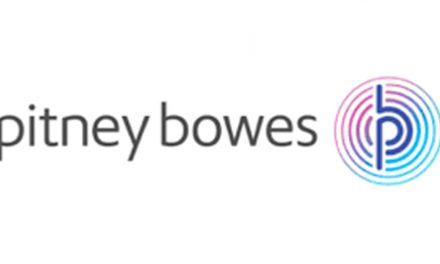
Pitney Bowes makes money, cuts people
Pitney Bowes reported an increase in revenues for the second quarter of 2007 on Monday while net income, which in the year-ago quarter showed up as a loss due to accounting for discontinued operations, moved into the black.
Because the quarter included an accounting alignment for MapInfo Corp., which Pitney Bowes bought for about USD 408 million in April, the company's statement reported a variety of earnings, including adjusted and those from continuing operations.
"The natural extension of an address is its physical positioning," which ties directly into Pitney Bowes' software products, Martin said when asked by an analyst how MapInfo fits into the company. For the second quarter of 2007, Pitney Bowes reported net income — excluding discontinued operations — of USD 152 million, or 68 cents per diluted share, on revenues of USD 1.5 billion. In the year-ago period, Pitney Bowes reported a loss of USD 356 million, or USD 1.59 per diluted share, on revenues of nearly USD 1.4 billion.
The mid-level estimate by analysts polled by Thomson was 70 cents per share.
About two weeks ago, Pitney Bowes announced plans to lay off approximately 200 internal information technology workers, including approximately 96 in Danbury, 24 in Shelton and 12 in Stamford. The company is in the process of negotiating to move that internal work to Wipro Technologies. The workers would be moved over to Wipro where some would resume working on Pitney Bowes systems while others, after a transition period, might be offered other work within Wipro.According to documents Pitney Bowes supplied affected workers, the company will not pay severance to anyone refusing to make the move.
The company already has a relationship with Wipro in one technology area, he said, but has not yet completed a transaction or final agreement about the internal IT work. The company has said previously that could come in September or October.
What it has announced, Martin said, is how it will go about the transition if the deal goes through.
In an interview last week, Sheri Wyatt, a project manager with the Financial Accounting Standards Board, said, "The specific answer depends on facts and circumstances," when asked how a company would account for restructuring charges.
The Norwalk-based FASB is responsible for developing corporate accounting standards.
In general, Wyatt said, liabilities accrue and are recognized at the point of time the costs are "reasonably expected" to occur and are estimable.
The existing standard for "accounting for post-employment benefits," such as severance pay, dates back to 1994; it replaced a standard issued in the 1980s, Wyatt said. "I think there was some diversity in practice before that," she said of the standard effective as of 1994. Other standards address provisions for pensions and 401(k)s.
Pitney Bowes' shares closed up 80 cents to USD 46 in New York Stock Exchange trading Monday; the company released its earnings after the markets closed. For the past year, its shares have traded between USD 41.11 and USD 49.70, according to MarketWatch.com.
The company's strategy, Murray said on the call, is to focus on enhancing its core mailing business and expanding into higher-growth areas.
The MapInfo acquisition, for example, drove an 85 percent revenue increase in its software segment, to USD 88 million. Without the acquisition, and taking out favorable currency conversions, the segment's revenues were up 28 percent, Bruce P. Nolop, the company's executive vice president and chief financial officer, said on the call.
The company said it expects to see adjusted earnings per share of between 70 and 74 cents in the third quarter, and maintained its expectation of EPS ranging from USD 2.90 to USD 2.98 for the full year.










